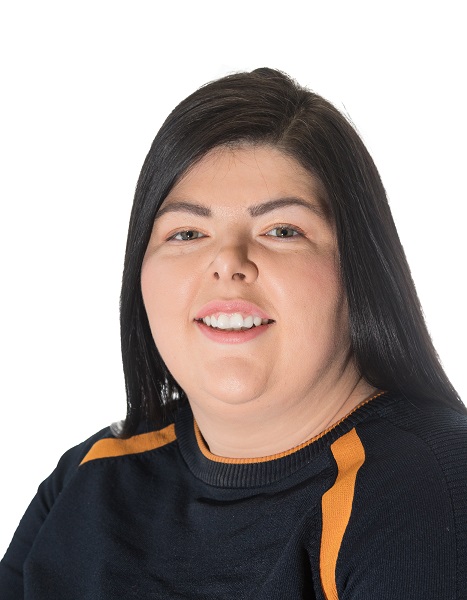In this article, CAFRE beef technologist, Natasha Ferguson, explains what myostatin is and what it means for your suckler herd.
The impact of herd health problems and dystocia (calving difficulty), in particular, on the profitability of the suckler beef industry is well understood.
A study conducted by Teagasc highlighted that 87% of the BETTER Farm Beef Challenge ROI participants performed C-sections on cows on-farm, with some having up to 8% on cows within the herd.
The situation in Northern Ireland is probably similar. On that basis, we, at CAFRE, deemed it important to start work to examine the relationships between the myostatin gene and a range of health and production traits.
What is myostatin?
The myostatin gene influences the production of a protein that controls muscle development in cattle. It causes what we commonly refer to as ‘double muscling’.
There are nine known variants of the gene. You will predominantly find four of these in the UK:
- E226X;
- F94L;
- Q204X;
- nt821.
You can link some of the variants to:
- Larger calf birth weights, resulting in increased calving difficulty;
- Reduced milk yield;
- Delayed puberty;
- Reduced fertility in females.
There are, however, some benefits to the gene with:
- Increased kill out percentages;
- Improved conformation;
- Increased meat tenderness.
If your stock bull or breeding cow has one copy of a myostatin variant, it is heterozygous.
Meanwhile, if it has two copies, it is homozygous. It is important to know the status of the parents to predict the resulting progeny status (see table 1 for details).

Myostatin testing
AI companies and breed societies are increasingly providing myostatin information on their bulls.
This provides one half of the breeding story and is useful, especially as heterozygous animals may not exhibit extreme muscling and, therefore, are difficult to identify as carriers without being tested.
For example, the Shorthorn bull we use at the Hill Farm Centre, Chapelton Emir, is a heterozygous myostatin carrier. He carries one copy of the gene, illustrated in the image.
We have identified that to get a full understanding of the effects of myostatin variants within the CAFRE suckler herds and investigate breeding strategies to maximise calf quality, that all females in the herd required testing.
This has resulted in the four stock bulls and 161 females in the CAFRE Hill Herd being tested last year.
The results indicated that 120 animals carry at least one copy of the myostatin variants F94L, Q204X and E226X, including two of our stock bulls.
Going forward, all progeny will be tested for myostatin status to follow animals from birth to slaughter and provide the industry with more detail concerning breeding outcomes.
We continue to investigate through the CAFRE suckler herds. We will provide more detail to the industry at future Knowledge Transfer Events.
Whether you are aiming for an easy calving herd or trying to produce the next fat stock champion, it is beneficial to know the myostatin variants in your herd.
This will allow you to develop breeding plans to maximise the benefits and minimise the disadvantages.
In addition, for the industry to use the information accurately, CAFRE would encourage all Northern Ireland suckler farmers to record sires when birth registering calves.





